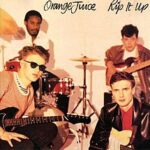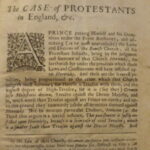Seeing how it’s almost the end of the year, I thought it would be a good time to share with you some of my favourite reads of the last twelve months, on both the fiction and non-fiction front.
In truth, I’ve been very disappointed with a number of the fiction books I’ve picked up this year and I stopped reading several of them after thirty or forty pages. Once upon a time, I would have pressed on regardless, but these days I am far less tolerant and more willing to move on to something else. Although this much reduced the pool for consideration here, there were still some good enough ones to be included.
So, let’s crack on, starting with the fiction books.
Continue reading “My Favourite Books of 2023” →










